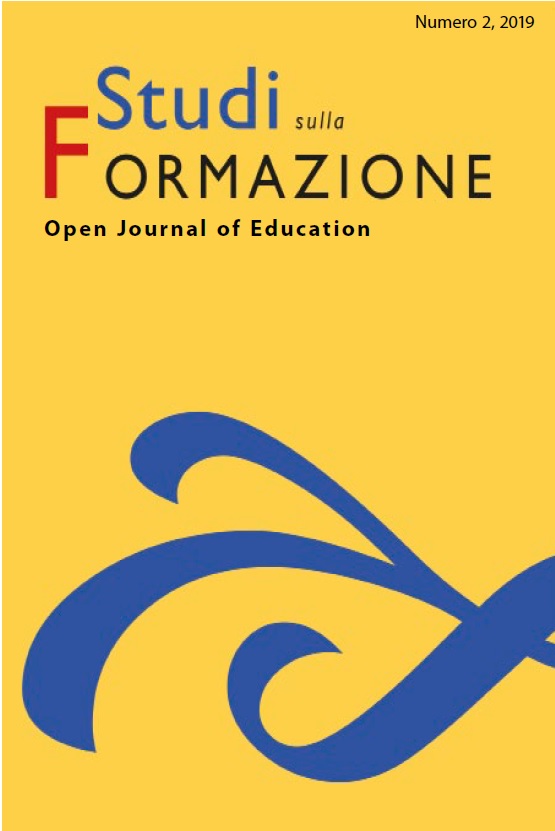Children's literature and illustrated novels. Educating readers, literary works and visual surprises
Published 2019-12-17
Keywords
- Children's literature,
- illustrated novels,
- picture books,
- educational experience of reading,
- r
- narration ...More
How to Cite
Abstract
This article reflects on the specific literary identity of illustrated novels in children’s literature. The specificity of large picture books, to be read over and over, leafing through the pages with amazement, discovering the images emerging from the pages, is a historical tradition that has seen illustrations skilfully become part of the density of meaning in written narration. The figures, often carefully dosed, offer readers another “other vision”, projected towards new horizons of interpretation. The literary identity of illustrated novels – for children and for everyone – bears a particular surplus of wonder that draws readers in contemplation, offering the gratuity of a pause to immerse oneself in the figures, in clear contrast to the clichés of brevity and the “fast food” book. Also in this sense, critical attention must be paid to the quality of the published works. The evocative power of the metaphorical corpus of the whole work in fact consists of several styles and languages which, triggered by artistic research, offer a two-fold act of otherness. The novel and the illustration do not waiver their respective complexities, working rather as allies in celebrating the utopian dimension of the literary, aesthetic, emotional, intellectual and educational experience of reading, looking and imagining.


